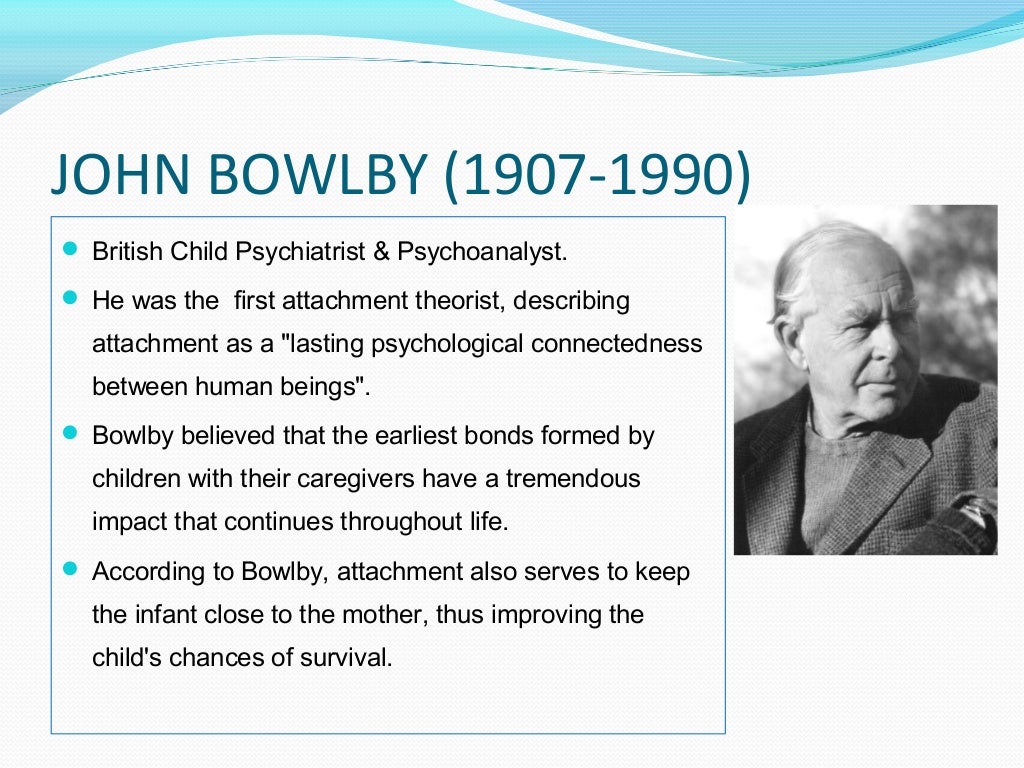The Basics Of Attachment Theory: Understanding John Bowlby’s Legacy
Love, Loss, and the Blueprint of Our Souls: Unpacking John Bowlby’s Attachment Theory
We all crave connection. It’s a fundamental human need, woven into the fabric of our existence. From the first moments of life, we yearn for touch, for comfort, for the reassuring presence of another. But what happens when that connection is disrupted? What happens when the very foundation of our emotional world feels shaky? This is where John Bowlby’s groundbreaking theory of attachment comes in.
Bowlby, a British psychiatrist, revolutionized our understanding of the human psyche by recognizing the profound impact of early childhood experiences on our emotional well-being. He argued that the bond between a child and their primary caregiver, usually their mother, is not simply a matter of physical nourishment but a deeply emotional and psychological connection that shapes our entire lives.
Imagine this: you’re a tiny baby, completely dependent on others for survival. You cry, you coo, you reach out with tiny hands, instinctively seeking comfort and reassurance. Your caregiver responds, holding you close, soothing your cries, feeding you, playing with you. This back-and-forth dance of caregiving and responsiveness forms the bedrock of your attachment style, a blueprint for how you navigate relationships throughout your life.

The Four Pillars of Attachment
Bowlby identified four key attachment styles:
Secure Attachment: This is the gold standard, the ideal scenario. Securely attached individuals have experienced consistent, responsive caregiving from their primary caregiver. They feel safe, loved, and confident in their ability to form healthy relationships. They trust that others will be there for them, and they are comfortable expressing their needs and emotions.
-

Anxious-Ambivalent Attachment: Anxious-ambivalent individuals have experienced inconsistent caregiving. Sometimes their needs are met, sometimes they are not. This inconsistency creates anxiety and uncertainty. They crave closeness but fear rejection, constantly seeking reassurance from their partner.
Avoidant Attachment: Avoidant individuals have experienced neglect or rejection from their primary caregiver. They learned to suppress their emotions and avoid emotional closeness to protect themselves from further hurt. They often appear independent and emotionally distant, struggling to express their needs and feelings.
Disorganized Attachment: This attachment style is characterized by a mix of anxious and avoidant behaviors. It often results from traumatic experiences, such as abuse or neglect, leaving individuals feeling overwhelmed and conflicted. They may display unpredictable behavior and struggle to regulate their emotions.
The Ripple Effect: How Attachment Shapes Us
The consequences of attachment styles are far-reaching, influencing everything from our relationships to our mental health. Securely attached individuals tend to:
- Have healthier relationships: They are more likely to form strong, stable bonds with others, based on trust and mutual respect.
- Be better communicators: They are comfortable expressing their needs and feelings, and they are more likely to listen actively to others.
- Cope better with stress: They have a solid sense of self-worth and are better equipped to handle life’s challenges.
- Have higher levels of emotional well-being: They feel secure and loved, which contributes to their overall happiness and sense of fulfillment.
On the other hand, individuals with insecure attachment styles may: